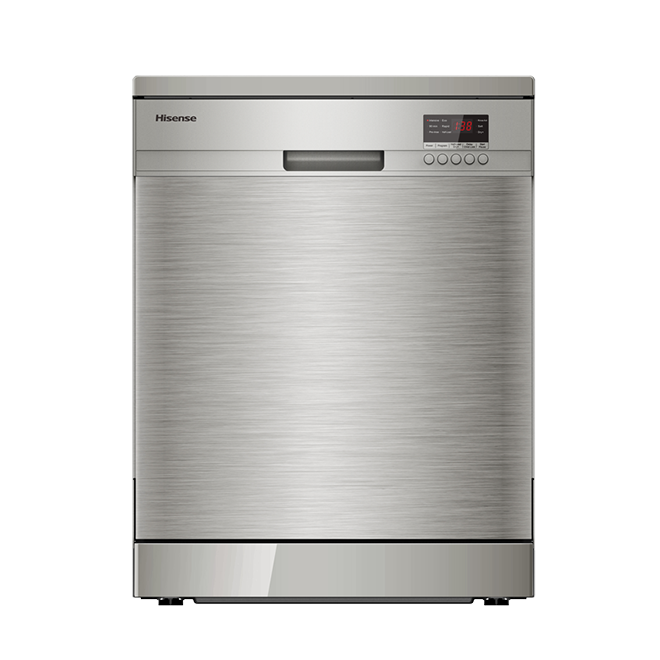A range hood helps vent smoke, odor and grease out of kitchen air while you cook on your range or cooktop. Proper ventilation makes the kitchen more inviting so you can fry, sear or sauté without worry. Keeping your kitchen air ventilated can help set the tone for each new day of creating. Ventilation is key for cleanliness around your range or cooktop.
This guide will walk you through the different types of range hood options and answer common questions about installation, vent speed, size and which hoods are right for which stoves.
Types of Range Hoods:
- Undercabinet Hoods:
- Design and Placement: Undercabinet hoods are specifically designed to fit beneath cabinets, allowing for seamless integration into kitchen spaces. Their compact size and slim profile make them discreet yet efficient.
- Ventilation Mechanism: Typically, these hoods utilize air recirculation, meaning they filter the air and then push it back into the kitchen. Despite their smaller stature, they offer robust venting capabilities suitable for everyday cooking needs.
- Storage Utilization: Their slim design not only ensures effective ventilation but also allows users to maximize the use of over-the-range cabinets as valuable storage space.
- Wall-Mount Canopy Hoods:
- Mounting and Aesthetics: Wall-mount canopy hoods are installed on the wall above the cooking range. Their distinctive bell-like shape not only provides effective ventilation but also replaces cabinets above the range, contributing to the overall aesthetics of the kitchen.
- Venting Strength: These hoods are particularly suitable for kitchens where cooking involves high-temperature methods such as frying, searing, or sautéing. They offer powerful venting capabilities to handle the resulting smoke and odors effectively.
- Island Canopy Hoods:
- Ceiling-Hanging Design: Hanging from the ceiling over an island range, island canopy hoods add a striking visual element to the kitchen. Their finished design on all sides ensures an appealing look from any angle.
- Venting Flexibility: Island canopy hoods often boast strong venting capabilities and may vent through ductwork in the ceiling. They provide an elegant solution for kitchens with island ranges, combining both functionality and style.
- Range Hood Liners:
- Customized Concealment: Range hood liners are tailored for those who prefer a customized look by concealing ventilation within cabinetry. The ductwork is hidden inside custom cabinetry, with the liner easily inserted at the bottom.
- Venting Strength: These liners maintain venting strength comparable to traditional range hoods, and some models allow users to choose a separate blower based on their specific needs.
- Retractable Downdraft Hoods:
- Countertop Integration: Downdraft hoods are installed directly into countertops and vent air down into ductwork beneath the floor. Their retractable nature allows them to remain hidden when not in use, offering a streamlined appearance.
- Ideal for Islands: Particularly ideal for kitchen islands where maintaining an open feel is crucial. They efficiently clear the air during cooking and can be concealed when not needed.
- Microwave Hood Combinations:
- Space-Saving Convenience: These appliances serve a dual purpose by combining a microwave with venting capabilities. Mounted below cabinets, they save valuable countertop space while efficiently clearing kitchen air.
- Recirculation Mechanism: Microwave hood combinations often use recirculation for venting, making them versatile and suitable for various kitchen configurations.
Ventilation Types:
- Ducted Range Hoods:
- External Ventilation: Ducted range hoods vent kitchen air externally, pushing it outside through ductwork in the wall, ceiling, or floor. This type of venting is common in various range hood styles, especially in wall-mounted and island canopy configurations.
- Ductless Range Hoods:
- Internal Recirculation: Ductless range hoods operate without external venting, recirculating air within the kitchen. Regular filter cleaning is necessary to ensure clean and fresh air for the home.
- Convertible Range Hoods:
- Versatile Venting Options: Convertible range hoods offer flexibility by being configurable for either outdoor circulation or indoor recirculation. This adaptability makes them suitable for various kitchen layouts and venting requirements.
Differences: Convertible vs. Ducted Range Hood:
- Ducted Range Hood: Circulates air externally and requires ductwork for ventilation.
- Convertible Range Hood: Can be configured for either outdoor circulation or indoor recirculation, providing flexibility based on kitchen needs.
Factors to Consider:
- Size and Fit:
- Cabinet Integration: The choice of range hood should consider the existing or desired kitchen size and layout, ensuring seamless integration, especially if cabinets are present.
- Venting Strength (CFMs):
- Venting Capacity: Cubic Feet per Minute (CFM) is a crucial measure for assessing the venting capacity of a range hood. Higher CFM indicates a greater capacity for frequent air replacement.
- Heat Compatibility (BTU Ratings):
- Matching Heat Output: The hood should be capable of handling the highest potential heat output of the cooking surface. Gas cooktops, in particular, require attention to total BTUs.
- Type of Range Hood Features:
- Lighting Considerations: Lighting features are essential, with LED lighting being popular for illuminating the entire work surface. Some hoods come with smart features, such as automatic lighting adjustment based on ambient brightness.
- Fit Guarantees:
- Smooth Integration: Some models offer guarantees regarding the fit, reducing the need for extensive measuring, cutting, and trim during installation.
Choosing the right range hood is a significant decision that involves considering various factors. At Abanista, with our diverse range of options, we aim to assist you in making an informed decision tailored to your specific needs and preferences








